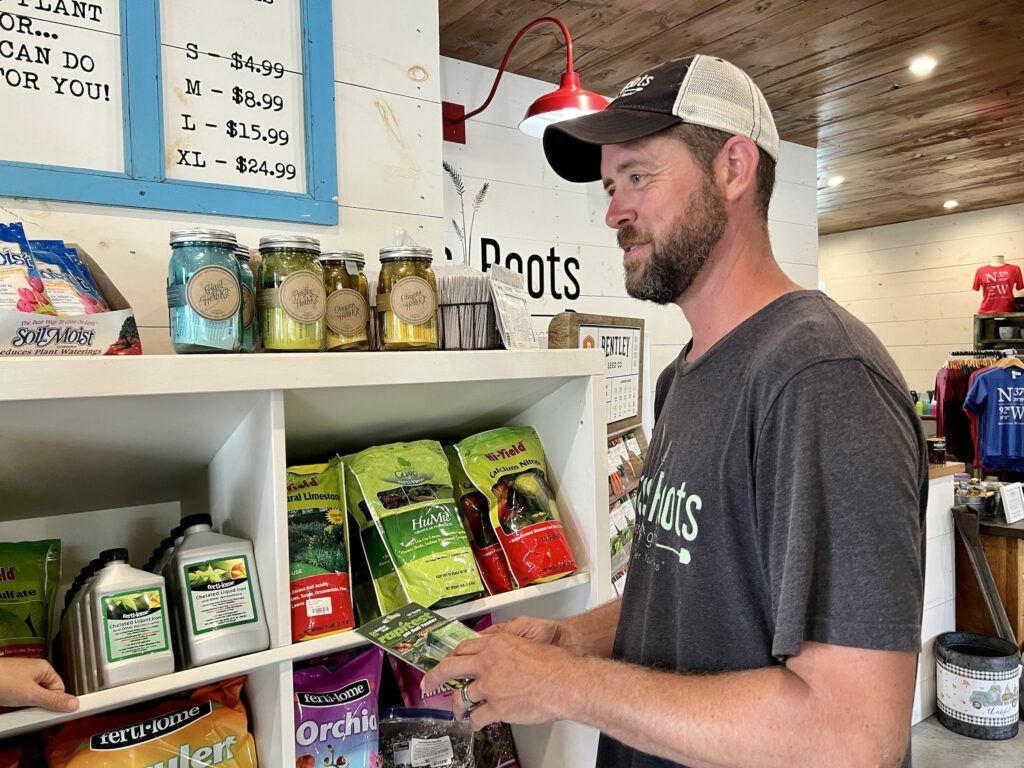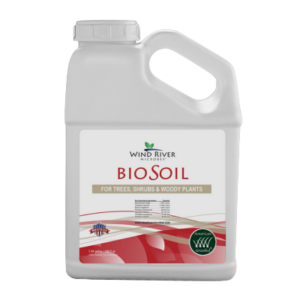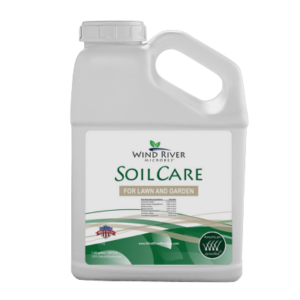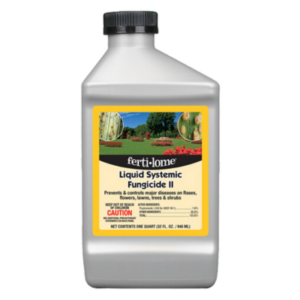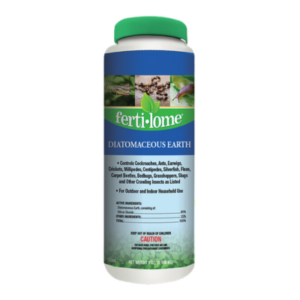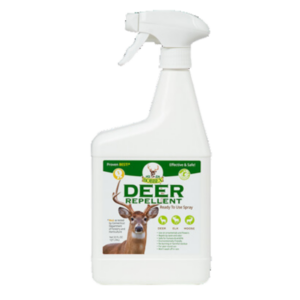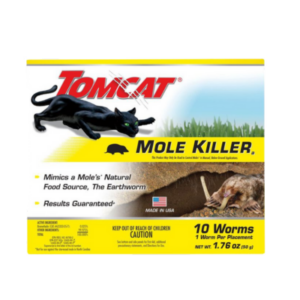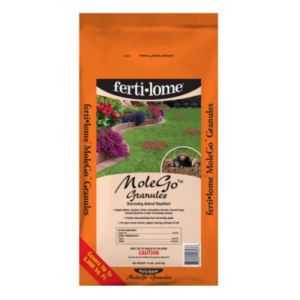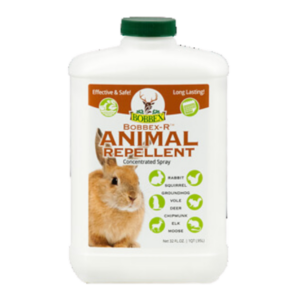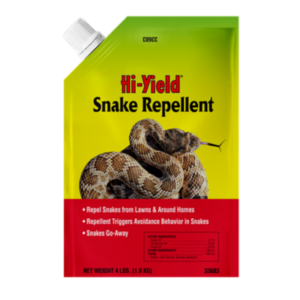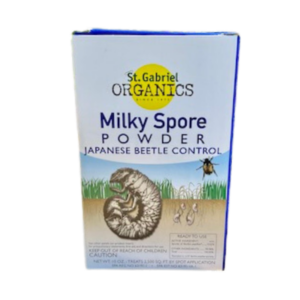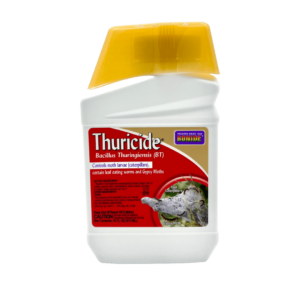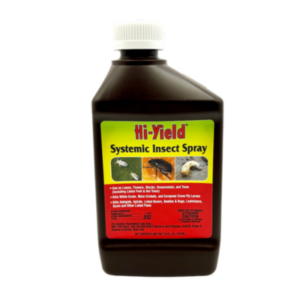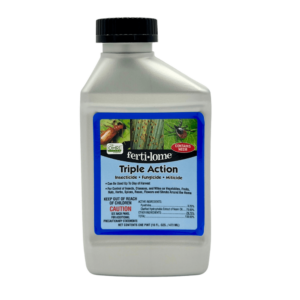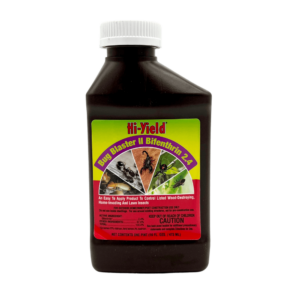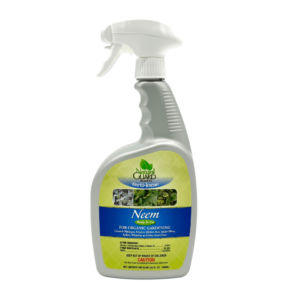Welcome to the world of Integrated Pest Management (IPM)! If this sounds like a mouthful, don’t worry – it’s a simple concept, and you’ve probably been using it on your property without even realizing it.
IPM is an effective, environmentally (and budget!) friendly approach to pest control. It doesn’t rely solely on chemical pesticides; instead, it combines common-sense practices to manage pests in your yard. It’s about understanding the life cycle of pests and their interaction with the environment. This knowledge, combined with available pest control methods, allows us to manage pests by the most economical and least hazardous means.
Have you ever picked off a bug from a plant leaf and squished it? Or maybe you’ve moved a plant to a different spot in your yard because it wasn’t thriving? Congratulations, you’re already practicing some forms of IPM!
By understanding and implementing IPM, you’re not just being kind to your plants, but also to the environment and your health, by minimizing the use of pesticides. Plus, IPM can save you time and money in the long run. It’s a win-win for you and the earth!
In this article, we’ll explore the four pillars of IPM, delve into the types of pest control methods, discuss the benefits, and provide practical tips to apply these principles in your own landscape beds. So, whether you’re an experienced gardener or just starting out, there’s something for everyone to learn and apply.
The Four Pillars of Integrated Pest Management
Let’s break down the four pillars of IPM and learn how they can help us in creating healthier, more sustainable landscapes.
Setting Action Thresholds
Before you reach for the pesticide, it’s important to understand the concept of action thresholds. An action threshold is the point at which pest populations or environmental conditions indicate that pest control action must be taken to prevent the pests from causing harm. For example, a gardener may set a trap, and when a certain number of insects are detected, they know it’s time to take action.
Interestingly, not all insects are harmful to your plants. Many insects are actually beneficial, pollinating your plants or controlling other pests. With action thresholds, you’re aiming to control the pest population rather than completely eliminating it. This approach allows you to minimize unnecessary pesticide usage, reducing both cost and environmental impact.
Monitoring and Identifying Pests
Regular monitoring and accurate identification of pests make up the second pillar of IPM. Not all pests are created equal, and correct identification is essential for effective management. Regular monitoring helps detect early signs of pest activity, allowing for prompt, effective intervention.
Prevention
As the saying goes, “An ounce of prevention is worth a pound of cure.” This is certainly true in pest management. The third pillar of IPM, prevention, involves making your plants less attractive to pests. This could mean using disease-resistant plant varieties, rotating crops each year, proper sanitation of tools and equipment, and keeping plants healthy. Prevention methods are generally more cost-effective and environmentally friendly than having to control pests after they have become a problem. One example of a prevention method is planting target crops.
Control
The last pillar is control. When preventive measures are not enough, control methods are used. These can be divided into four types: cultural, biological, mechanical, and chemical. An effective IPM plan often employs a combination of these methods for best results. But remember, each situation is unique. So, understanding which method is best for your property is crucial. We’ll delve more into these methods in the next section.
These four pillars of IPM represent a comprehensive, sustainable approach to managing pests. By considering each of these aspects, you can tackle pest issues in a way that’s effective for your space and better for the environment. In the end, it’s about striking the right balance.
The Four Types of Pest Control
Now that we have a grasp of the IPM pillars, let’s explore the four types of control methods: cultural, mechanical, biological, and chemical.
Cultural Control
Cultural control involves adjusting your landscaping practices to make conditions less suitable for pests, and keeping plants healthy so pest damage doesn’t affect them as much.
Examples of Cultural Control
- Rotating your crops each season, as some pests are plant-specific
- Proper watering and fertilization practices, as overwatering or excessive use of fertilizer can make plants more susceptible to pests
- Removing diseased or damaged plant material throughout the year, not just at the season’s end.
Think of cultural control as creating an environment where it’s difficult for pests to thrive.
Mechanical Control
Mechanical control is all about using physical means to remove or deter pests.
Examples of Mechanical Control:
- Hand-picking pests off your plants
- Using barriers, traps, or other devices to keep pests at bay
- Raking up last year’s plant waste to get rid of eggs
- Installing netting
- Sprinkling diatomaceous earth around plants
Mechanical control can be particularly effective for large, visible pests, and it’s a pesticide-free way of managing them.
Biological Control
In biological control, we use nature against itself. This method involves introducing natural enemies of the pests, such as predators, parasites, or disease organisms, to control pest populations. It can be an effective and eco-friendly approach, especially when combined with other methods. For instance, ladybugs are well-known aphid eaters, and introducing them into your yard can help keep aphid populations in check. You can also plant species that repel insects, like marigold and nasturtium.
Biological Control Products We Carry:
- Milky Spore is a bacteria that destroys Japanese beetle larvae
- SoilCare and BioSoil are a probiotic mixes that use good bacteria to keep bad bacteria at bay
- Spinosad Soap contains a bacteria that attacks insect nervous systems
- Thuricide is a bacteria that kills insects when they ingest it
- Insect-repelling plants
Chemical Control
Last but not least, we have chemical control. While our goal is to minimize the use of chemicals, there are times when they’re needed to manage significant pest problems. When you do use them, it’s essential to choose the least harmful yet effective product. Always read and follow label instructions to protect yourself and the environment.
We carry many different types of products and can offer advice on what to use. Some are appropriate for edible gardens and some are not.
- Insecticides
- Bifenthrin– treats mites and bagworms
- Triple Action
- Neem
- Fungicides
Remember that each bed and situation is unique. A method that works wonders in one scenario may not be as effective in another. That’s why it’s essential to understand these control methods and be ready to adapt them to your circumstances. By combining these methods in an IPM approach, you can create a healthier landscape that’s more in harmony with nature. In our next section, we’ll look at the benefits of IPM and why it’s worth integrating into your routine.
The Benefits of Integrated Pest Management
IPM not only offers a practical solution to pest problems, but it also brings several benefits to your yard, your pocket, and the environment. Here are some key advantages of implementing IPM:
Environmental Sustainability
By reducing our dependence on chemical pesticides and using them only as a last resort, we minimize the risk of pollutants entering our air, soil, and water. Biological, mechanical, and cultural control methods work with nature rather than against it, helping to maintain biodiversity in our landscaping and the larger ecosystem.
Health and Safety
Less pesticide use also means fewer health risks. Many chemical pesticides must be handled with care. By prioritizing other pest management strategies, you’re creating a safer environment for everyone who enjoys your outdoor space.
Cost-effectiveness
IPM can save you money in the long run. By carefully monitoring and identifying pests, you can target your control efforts more effectively and reduce unnecessary pesticide use. Preventive practices like crop rotation and choosing disease-resistant plants can help avoid pest problems from the start, saving you from potentially expensive pest control interventions.
The benefits of IPM extend beyond the boundaries of your yard. By practicing IPM, you’re contributing to a healthier environment and a more sustainable future.
Tips and Techniques for Your Landscaping
Now that you understand what IPM is and the benefits it can bring, you’re ready to start implementing it in your own landscape. Here are some practical tips to help you get started:
1. Understand Your Yard: Learn about the plants you’re growing and the pests that are likely to affect them. This knowledge will help you create effective action thresholds and choose suitable pest control methods.
2. Regular Monitoring: Make a habit of inspecting your plants regularly. Look for signs of pest activity such as leaf damage, mold, or unusual plant behavior. Early detection can make pest control much more manageable.
3. Encourage Beneficial Insects: Not all insects are pests! Many, like ladybugs, bees, and spiders, are beneficial for your yard. They pollinate your plants and help control pests. You can attract these helpful creatures by planting a variety of plants and providing habitats like bee hotels or bug boxes.
4. Use Pesticides Wisely: When you need to use chemical control, choose products that are least harmful to the environment and non-target animals. Always read and follow label instructions for use, storage, and disposal.
5. Seek Expert Advice: Every landscape bed is unique, and sometimes, despite our best efforts, pests can become a significant problem. Don’t hesitate to seek expert advice when you need it. Visit our garden center or get in touch with us for advice tailored to your situation.

